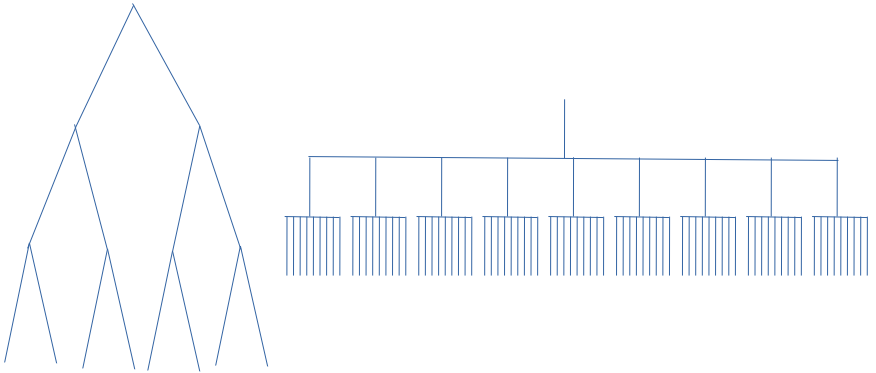Goldenseal is pretty good at reconciling bank accounts, but our new accounting software is better. The list of transactions loads almost instantly. It’s easier to switch from one account to another. But there still is a rough spot: what do you do when the bank statement doesn’t match what you entered?
Sometimes it happens because of typos, or bad data from faded/crumpled receipts. Sometimes it’s because of Walmart. They have a bad habit of adding an extra penny to sales tax for online orders, but then rounding correctly on the actual charge. The result is a Reconcile line item that’s off by a penny.
Goldenseal has no easy way to fix that kind of error while the middle of a Reconcile. The quickest goes like this:
-
-
- Remember or write down the error.
- Leave the Reconcile window.
- Find the bank transaction and change its status to Void.
- Save changes. That removes Paid status from the purchase and unlocks it.
- Open the purchase, and enter the proper amount.
- Go back to the bank transaction, and also give it the proper amount.
- Change payment status to Entered, and save changes. That also updates the purchase.
- Go back to Reconcile and try again.
-
More than three weeks ago, our staff set out to improve that. The goal was to do the One Penny Tango in just a step or two. Except, we ran into bugs. Many bugs. One crashed the new accounting app. Several were due to changes in bank transactions. One zapped the purchase record in the database. That took a couple days to track down: a lingering problem in how we mark records as “dirty” so they’ll be saved.
The Walmart problem is almost fixed now. You can double-click in the Reconcile window, and see the bank transaction. Then right-click to see the purchase. You can change them and save, but we haven’t tested the posting yet. That will be tricky. It also needs to update the line item in Reconcile.
Adding those pop-up transactions is a big design change. We’ll need to play with it for a while, and see how well it works in real life. If good, the same thing can happen in all the other action windows: Pay Bills, Project Billing, Deposit Funds, Job Costing, etc.
Linking from one record to another is a big strength in our software. Usually it’s easy to get from here to there. The links also are a PITA for our programmers. They make a complex web, with so many ways to go wrong.
Dennis Kolva
Programming Director
TurtleSoft.com
